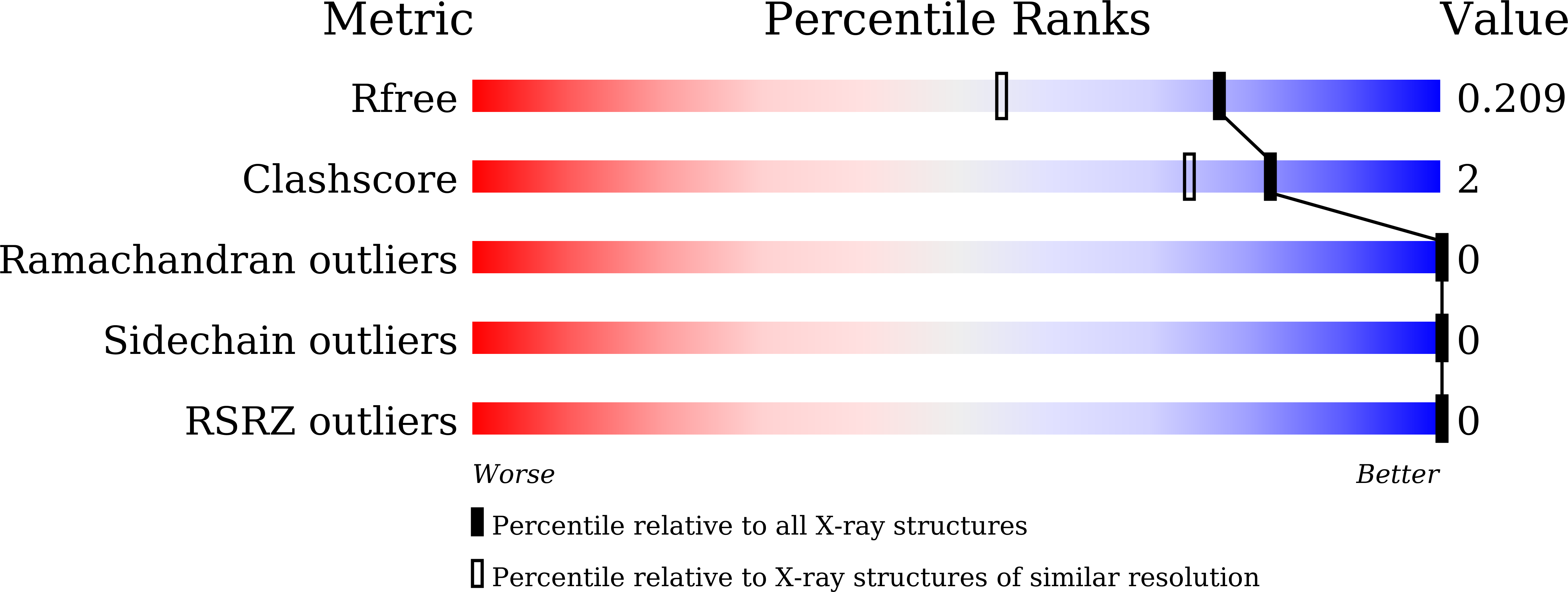
Deposition Date
2022-03-02
Release Date
2022-10-26
Last Version Date
2024-10-23
Entry Detail
Biological Source:
Source Organism:
Neisseria meningitidis (Taxon ID: 487)
Host Organism:
Method Details:
Experimental Method:
Resolution:
1.61 Å
R-Value Free:
0.21
R-Value Work:
0.19
R-Value Observed:
0.19
Space Group:
P 42


